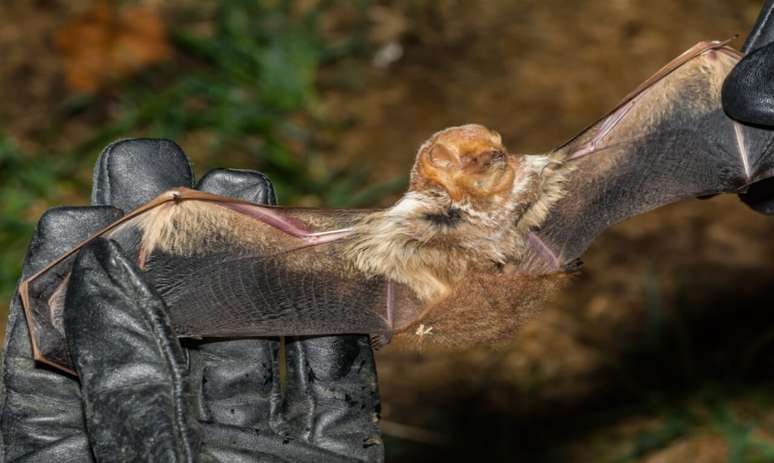Rabies is a serious acute viral infectious disease that affects the central nervous system. Infectious disease specialist explains how to prevent new cases
Last week, the municipal health department identified a bat with rabies virus, triggering alarm among health authorities. So far the department has not identified secondary cases of contamination in pets and humans, which can be highly dangerous.
This is because, according to Dr. Ivan França, infectious disease doctor at the Alemão Oswaldo Cruz Hospital, the rabies virus affects the central nervous system, both animals and humans. In the latter case the conditions are rare, says the expert.
Transmission of anger
Rabies is usually transmitted through bites, scratches, or even licking open wounds or mucous membranes. “It is a serious acute viral infectious disease that affects mammals, including humans, and is characterized by acute and progressive encephalitis with lethality of approximately 100%“, warns the infectious disease specialist.
Bats, on the other hand, can carry the virus for a long time without showing any apparent symptoms. According to the doctor, these animals live in large groups and transmission between them is very common. Therefore they are main transmitters of the disease.
Ivan explains that the disease has three transmission cycles:
- Wild: when the virus circulates and transmission occurs through foxes, raccoons, primates and, above all, bats;
- Rural: in this case the virus circulates in animals such as cattle, horses, pigs, goats – often with bats as the main transmitter of the disease;
- Urban: mainly present in dogs and cats.
The infectious disease specialist also recalls that, in the state of Sao Paulo, the last animal case due to the canine variant occurred in 1998, while all the new cases are due to the bat variant. Cases of rabies in dogs and cats are sporadic, as there is viral circulation in wild animals. The last human case was recorded in 1997.
Risks of contamination in humans
After the initial incubation period, the first symptoms of infection due to anger they begin to appear and generally persist for 2 to 10 days. “During this phase the individual may feel a feeling of malaise, slight fever, decreased appetite, headache, nausea, sore throat, drowsiness, as well as irritability or excitement,” says the doctor.
As the disease progresses, the patient may suffer from involuntary and generalized muscle contractions and/or convulsions. Furthermore, spasmodic contractions of the muscles of the larynx and pharynx may occur, causing intense saliva production, particularly evident when the patient is exposed to the sight of water, a phenomenon known as “hydrophobia”.
In dogs and cats, elimination of the virus through saliva occurs 2 to 5 days before the appearance of clinical signs and persists throughout the course of the disease. The death of the animal occurs, on average, between 5 and 7 days after the onset of symptoms.
“That’s why the importance of observing animals for 10 days after each accident in humans caused by bites or scratches from dogs and cats, both at home and in the neighborhood,” warns Ivan.
How to prevent contamination
According to the doctor, the prevention of rabies in pets occurs thoroughly annual vaccination of dogs and cats. Furthermore, it is worth underlining that the vaccine is administered free of charge by the Zoonoses Surveillance Division of the Ministry of Health.
To prevent cases in humans, Ivan recommends never touch bats or other wild animalsespecially when they are lying on the ground, because this is a sign that he may be ill and consequently more aggressive.
“In case of accidents with domestic or wild animals it is necessary to contact a hospital or a basic health unit. The human anti-rabies prophylaxis regimen must be prescribed by the doctor or nurse. The professional will evaluate the case indicating the application of the vaccine and/or serum and indications on the observation of the state of health of the animals”, concludes the doctor.
Source: Terra
Ben Stock is a lifestyle journalist and author at Gossipify. He writes about topics such as health, wellness, travel, food and home decor. He provides practical advice and inspiration to improve well-being, keeps readers up to date with latest lifestyle news and trends, known for his engaging writing style, in-depth analysis and unique perspectives.








